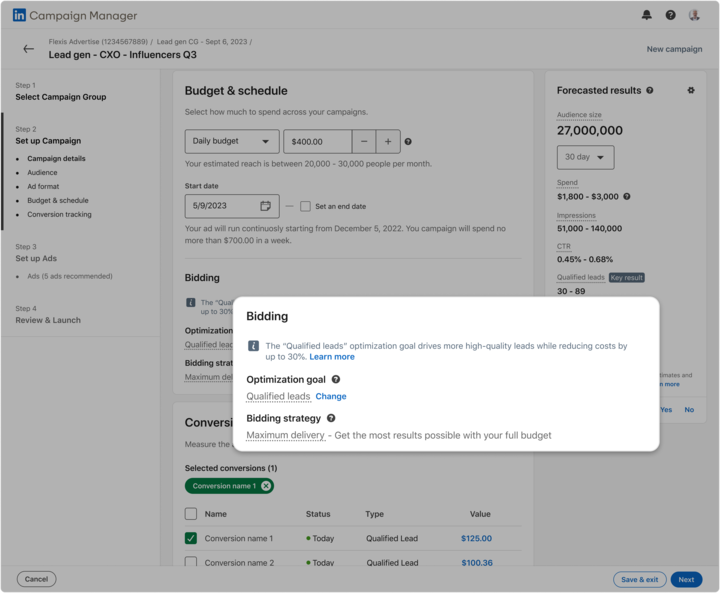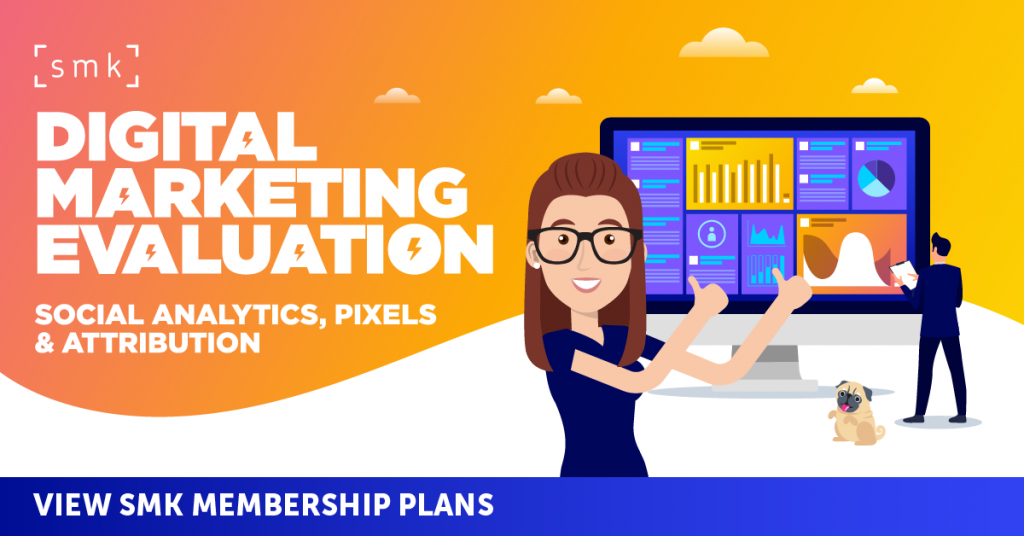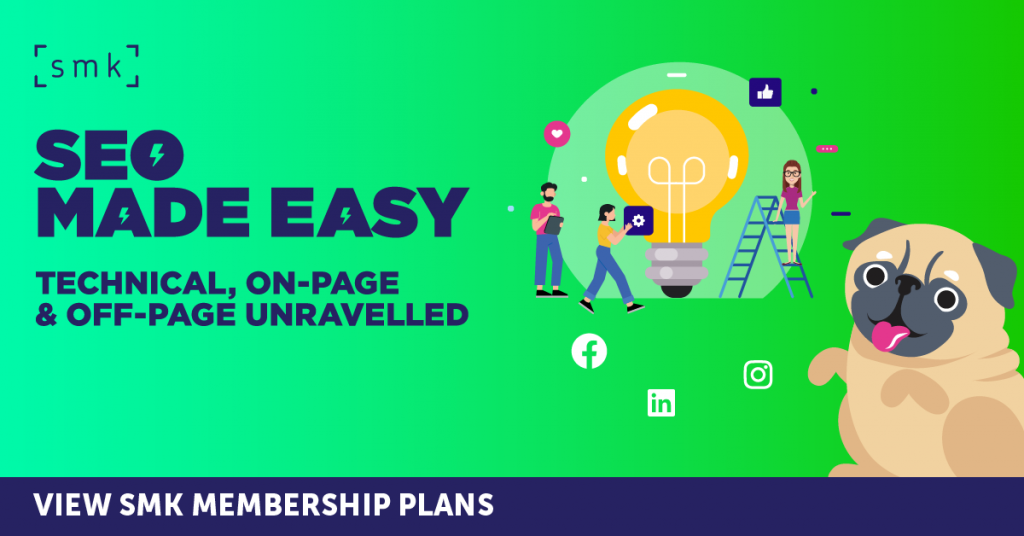In the B2B world, lead generation is not simply a numbers game. The true value lies not in how many leads are generated, but in how many of those are actually qualified — leads that have a strong likelihood of converting into customers. LinkedIn has recognised this shift in focus and introduced a feature designed to help advertisers align spend with sales outcomes: Qualified Leads Optimisation.
Now available to all advertisers using the Lead Generation objective, this feature enables businesses to tailor LinkedIn’s campaign targeting to their own definition of lead quality. For B2B marketers under growing pressure to prove pipeline contribution and revenue impact, it presents a timely and potentially powerful opportunity.
What is Qualified Leads Optimisation?
Qualified Leads Optimisation allows advertisers to define what a qualified lead looks like for their specific business model. Rather than relying on standard engagement metrics or top-level conversions, advertisers can use their own CRM or lead scoring system to send LinkedIn a set of leads that meet their qualification criteria.
This is done through LinkedIn’s Conversions API. Marketers can send lead data from sources such as third-party websites, CRMs like Salesforce or HubSpot, direct sales teams, or even offline events. Once the data is connected, LinkedIn’s Campaign Manager uses it to identify similar users and optimise ad delivery toward people who are more likely to match the profile of a high-value lead.
The platform essentially learns from your best leads and uses that learning to find others with similar traits, increasing the likelihood that new prospects are already predisposed to becoming customers.
Why it Matters
Not all leads are equal, particularly in B2B environments where sales cycles can be lengthy and complex. Surface-level metrics such as form fills or clicks can be misleading when they fail to reflect actual buying intent.
Qualified Leads Optimisation shifts the focus to those prospects who have shown clear signals of readiness to buy. This is vital in a market where 78 percent of CMOs say that demonstrating ROI is more important now than it was two years ago.
Australian payments firm Eftsure, for instance, used this feature and achieved a 20 percent reduction in cost per sales-qualified lead. This points to a deeper efficiency that is not always visible when looking solely at cost per lead (CPL) metrics.
Dreamdata’s latest LinkedIn Ads Benchmark Report supports this shift in focus. It found that 29 percent of all marketing-qualified leads, 36 percent of all sales-qualified leads, and 35 percent of all new business deals were influenced by LinkedIn Ads. This reinforces the idea that LinkedIn is a key driver of real business results when campaigns are properly optimised.
How to Get Started
Marketers interested in using Qualified Leads Optimisation should take the following steps:
-
Set up the Conversions API via LinkedIn Campaign Manager. This can be done directly or through a supported partner such as Zapier, Dreamdata, Adobe or Tealium.
-
Define a new conversion event under the “Qualified Lead” category using your internal qualification criteria.
-
Within Campaign Manager, select the Lead Generation objective and choose “Qualified Lead” as your optimisation goal.
-
Assign your new qualified lead event to the campaign’s tracked conversion events.
To support the learning phase, LinkedIn recommends submitting at least five qualified leads every two weeks. Leads must be submitted within 30 days to be eligible for optimisation. The more consistent and timely your data, the more effectively the system can refine its targeting.
Key Considerations
While the feature offers clear performance advantages, there are some important considerations to keep in mind:
-
Learning Period: The system requires a two-week learning phase to fine-tune delivery. During this time, expect some fluctuations in campaign performance.
-
Data Accuracy: Qualified leads should be shared as soon as possible to avoid delays in optimisation and attribution reporting.
-
Cost Efficiency: While overall cost per lead may rise, the goal is to improve cost per qualified lead (CPQL). Focus should be on quality rather than quantity.
-
Campaign Type: The optimisation goal is supported in both Classic and Accelerate campaigns, provided the campaign uses the Conversions API and a compatible source of qualified leads.
You can use qualified leads from existing campaigns or upload them manually. Multiple qualified lead conversion events can also be linked to a single campaign, giving marketers flexibility in how they define and track lead quality.
Is It Right for Your Business?
This feature is most valuable for advertisers who already have a structured lead qualification process and can track outcomes through CRM systems. It will suit mid-sized to large B2B companies with a clear view of their sales funnel and defined metrics around what makes a lead “sales ready”.
It is also an excellent fit for account-based marketing strategies, where targeting the right decision-makers at the right companies is more important than reaching broad audiences.
LinkedIn’s Qualified Leads Optimisation reflects a growing maturity in B2B digital advertising. Rather than chasing clicks and form submissions, marketers now have the tools to focus on what really drives revenue — qualified leads that are more likely to convert.
This is not a quick-fix feature. It requires integration, planning and regular data input to succeed. But for marketers willing to invest the effort, it offers a smarter, more focused approach to lead generation and campaign optimisation.
Are your campaigns ready to prioritise lead quality over lead volume?




RECOMMENDED FOR YOU
LinkedIn Streamlines B2B Influencer Marketing
LinkedIn has introduced a more intuitive way for brands…
LinkedIn has introduced a more intuitive way for brands…
Meta Adds New AI Tools To Supercharge Lead Gen
Meta is rolling out a wave of updates to…
Meta is rolling out a wave of updates to…
LinkedIn Ad Revenue Up 18%
LinkedIn is sharpening its focus on authentic engagement, video…
LinkedIn is sharpening its focus on authentic engagement, video…